THAILAND, LAND OF SMILES &
GENIUS CACAO GENETICS
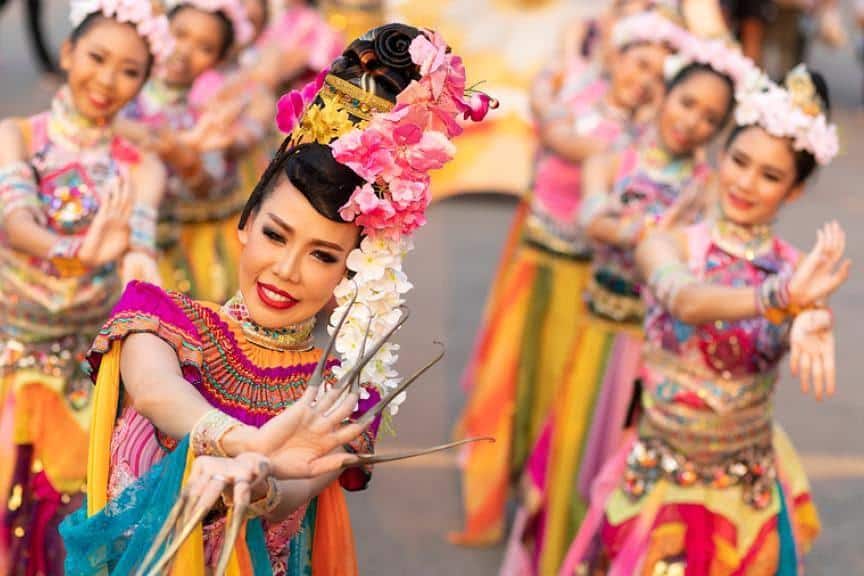

Thailand is famous for its smiling faces, tropical islands, beautiful beaches, full moon parties and ancient Buddhist temples. And even when it comes to favorite cuisines of the world, there is no doubt about it that Thailand’s culinary classics are high-up in the foodie charts. Thai cuisine is rightly one of the reasons why the country attracts so many tourists and why so many visitors fall in love with the taste of Thailand.
Very recently, Thailand appeared on the specialty cacao radar, and suddenly gained popularity in the artisan chocolate scene as the next interesting origin. But Thailand’s bean-to-bar scene is still quite young, and rather niche.
Despite the introduction of cacao in the early 20th century and promotion by the government in the 1990s, Thai cacao is still small beer in the cacao industry; production never exceeded 1,400 tons per year. It is only recently – thanks to the revolution of the Thai artisan chocolate scene – that Thai cacao became famous.
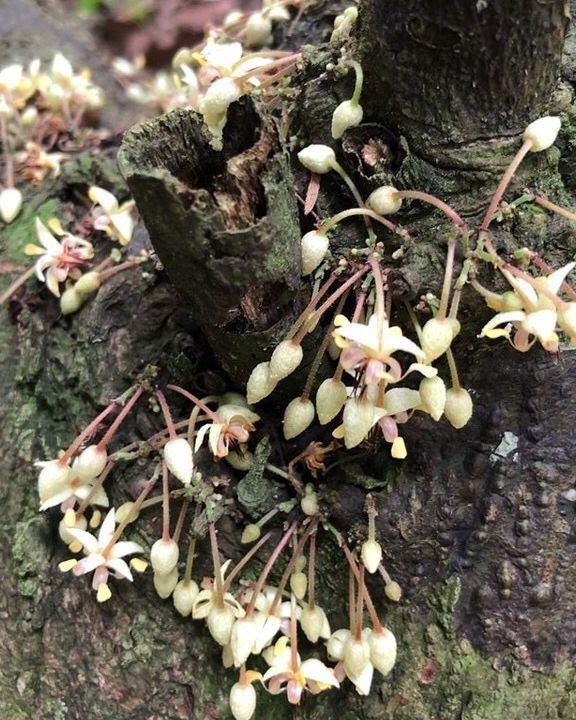
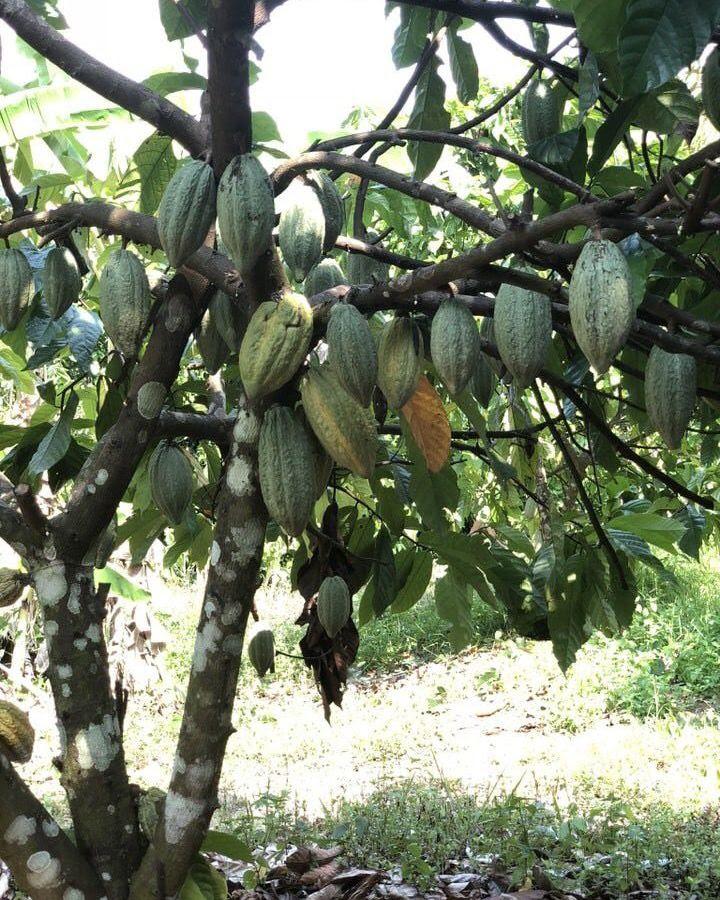
THE HISTORY OF CACAO IN THAILAND
A QUICK GUIDE/TOUR
Cacao arrived in Southeast Asia from the Philippines at the end of the 17th century. It was first spread through Indonesia, India and Malaysia, and it wasn’t until the early 20th century that cacao seedlings reached Thailand.
Thailand has never been a major grower of cacao. In 1952, the government began to subsidize cacao cultivation with the aim of turning it into an export product. This was not really a great success, there was simply more money to be made from other agricultural crops. By the ‘90s, the cacao production reached merely 400 MT.
In the early 2000’s Thai farmers started planting cacao again as part of a government initiative, with a selected cultivar called “Chumpon 1”, and production ramped again upto 1,400 MT, but over the past 20 years there is again a downward spiral.
The reasons are twofold. On the one hand, the farmers differentiated their income; they switched to other crops or they cut up cacao trees as such so that they could rely on different sources of income. On the other hand, the high import taxes caused the processing plants in Thailand to close and consequently resulted in lower local demand.
On the bright and sunny side… there has been a whole new Thai bean-to-bar revolution going on these recent years. There are many creative bean-to-bar- and/or local chocolate makers who want to boost the identity of their cacao and who are willing to pay premium prices to the Thai cacao farmers.
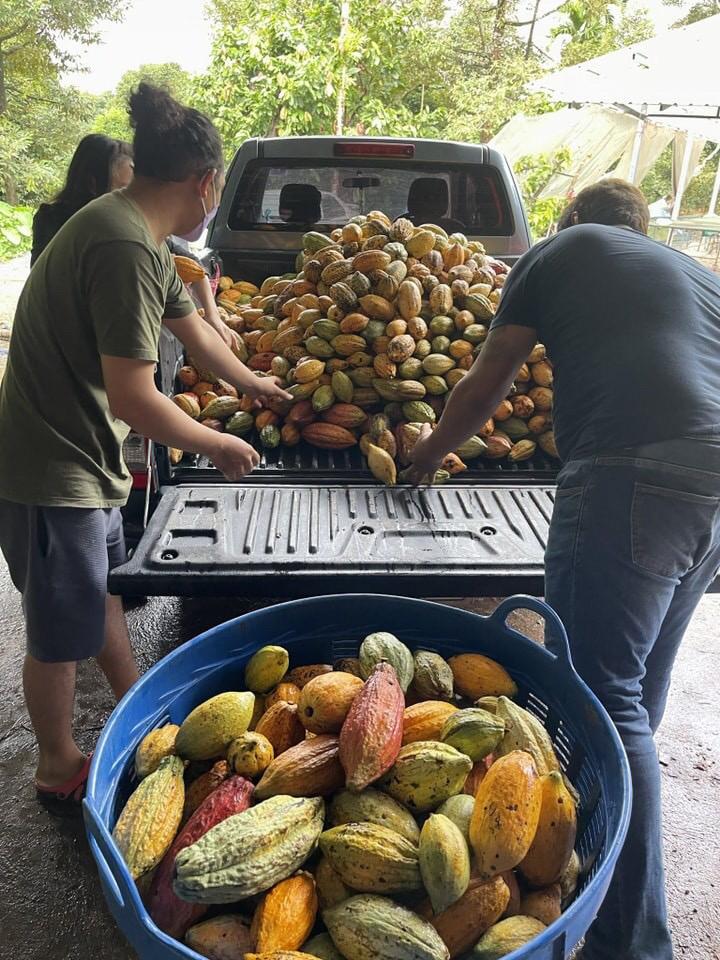

GENIUS GENETICS :
THE REAL BAD ASS ‘I.M.1’ & ‘CHUMPHON 1’ HYBRIDS
Prof Dr Sanh and his wife mrs Kanokked ‘Thip’ La-Ongsri started the Thailand Cocoa Center. It has been operating for a few decades now, and is still run as a family business. The Center has been a driving force in growing and replicating the professor’s own varietal of cacao in the northern province of Chiang Mai. This varietal of I.M.1 -a cross between a Peruvian criollo and forastero varietal developed in the Philippines- is now cultivated on dozens of farm around Chiang Mai. The family started to clone the varietal and work today with farmers growing the I.M.1. In 2018 they also formalised their bean to bar chocolate production, Makrin Chocolate, made from 100% Thai I.M.1 genetics.
But there’s one other varietal of Thai cacao which has a longer history in Thailand: Chumphon 1. This hybrid was originally developed by crossing the PA7 and the NA32 varietals from Trinidad, thanks to work done by Dr. Pon. But it wasn’t actually originally developed for Thailand. Yet researchers at the Chumphon Horticultural Research Center in southern Thailand found that it gave them a higher yield, so they stuck with it. Eventually, Chumphon 1 became the dominant hybrid of cacao grown across Thailand, and it remains as such to this day. Its signature yellow color can easily be spotted from afar- to both the great benefit for farmers and great detriment because the yellow pods are more attractive to small animals like squirrels and birds.
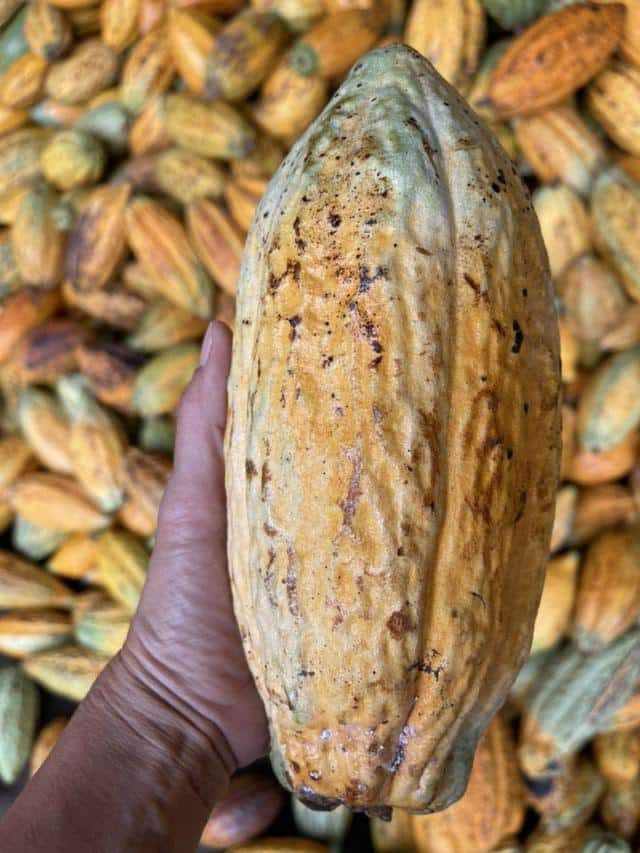
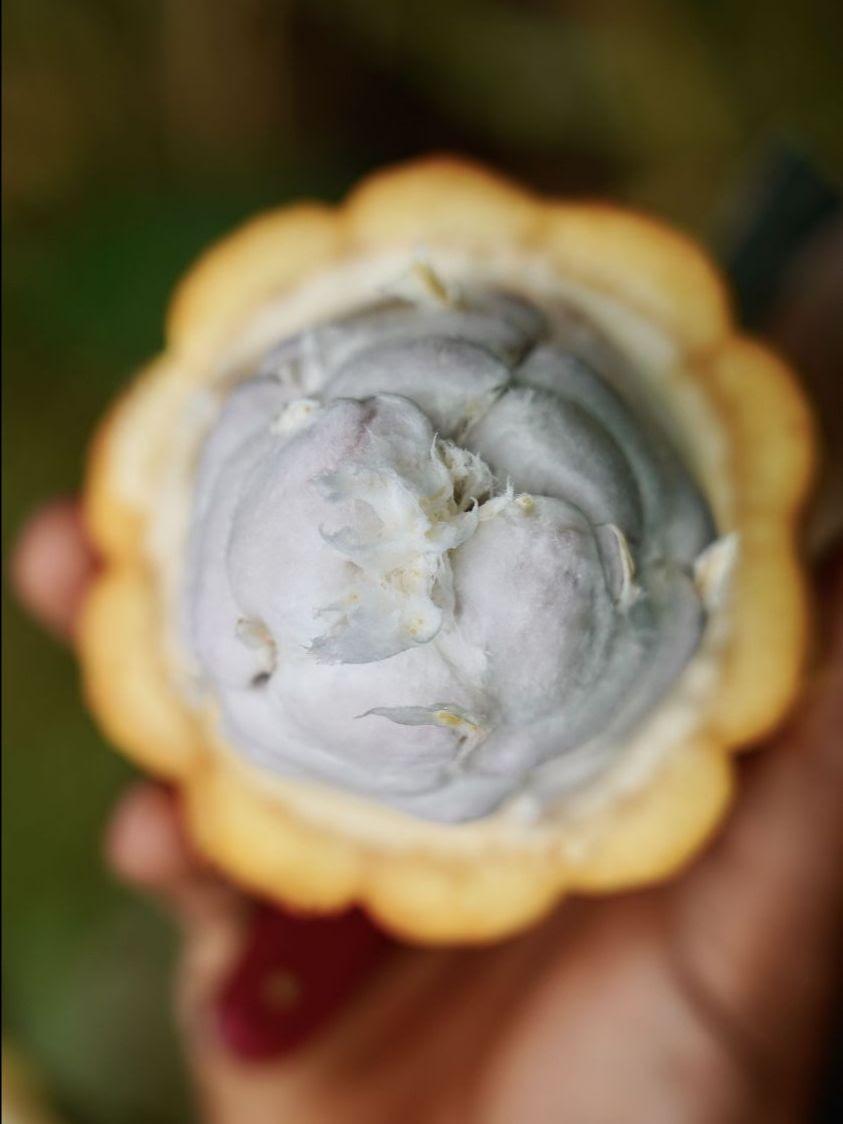
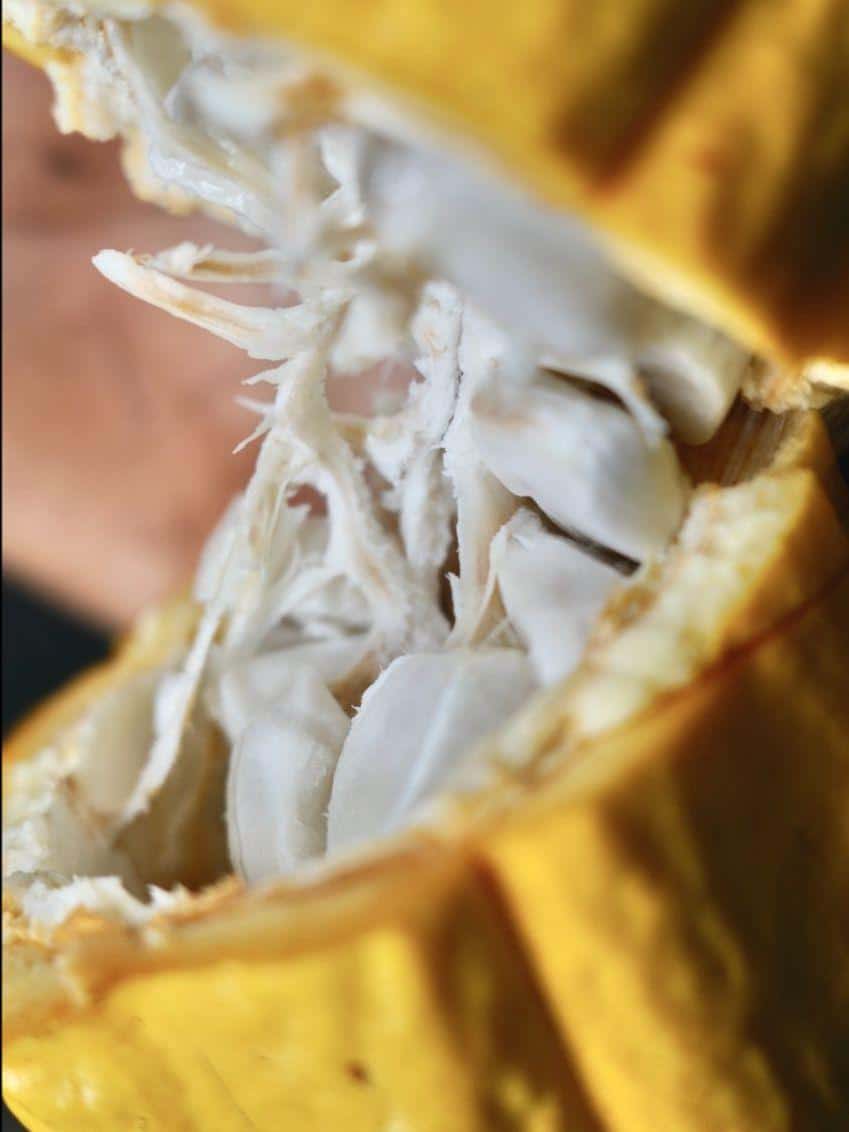

CACAO GROWING AREAS IN THAILAND
The majority of Thai cacao grows in the South (Chumphon & Nakhon Si Thammarat area), then you have the central regions (Chantaburi, Tayong and Trad), dominated by Chumphon 1 genetics, and the northern areas (Chiang Mai & Chiang Rai) where you also find I.M.1 genetics.
Though, changing climate in the Southern area is hitting hard. Excessive rainfall and floods are threatening the cacao growth. This is one of the reasons why Chumphon Collective, originally uniting farmers in Ron Thong Southern Estate recently decided to also move towards the Eastern and hilly north of Thailand where weather conditions are almost ideal for cacao growing.
THAI CHOCOLATE IS HOT
With lot’s of tourism and a booming culinary scenery, chocolate consumption is hot in Thailand. On the one hand you can find the imported so called “premium” chocolate from Europe, North America and Japan. And then there is the Thai bean or tree to Chocolate makers, offering high quality and added-value thai choclate bars. Thai chocolate is hot!
While Bangkok and Chiang Mai are the hubs for bean-to-bar chocolatemakers, you can find craft chocolate all over the country, responding to growing consumer demand for taste and sustainable chocolate products. Think about Kad Kokoa, Xoconat, PARADAI, Sarath N. Chocolatier, Shabar Chocolate, Siamaya, Mark Rin, Böhnchen Chocolate, Clean Chocolate, Pridi Cacao, Aimmika, Matchima Chocolate, and Kan Vela Chocolate, all established in the past 6 years. Some of these makers won award in the Acadamy of Chocolate or International Chocolate Awards.
In July 2022, the second edition of the Thailand Craft Chocolate Festival took place.
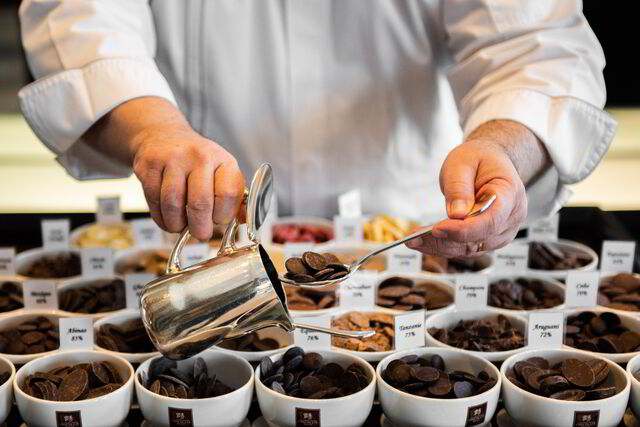
FUNKY THAI CACAO FLAVOURS FOR THE EUROPEAN MARKET
With low production, a strong local ‘bean to bar’ chocolate scene and some regional exports to Singapore, Cambodia etc., it’s no surprise that Thai cacao is scarce (but highly sought after) in the European market.
Ryan Berk, creator, entrepreneur, foodie, founder of small batch ice-cream and chocolate maker at Parliament chocolate worked many years in Thailand, and founded a street-food restaurant in Thailand “Aroj Mak Mak”. His love for fermentation and chocolate made him seek for good and ethical Thai cacao beans. Ryan teamed up with farmers in Chanthaburi and founded Thai Cacao Distribution. This centrally run post-harvest center in Chanthaburi buys wet cacao mass from surrounding farms.
Thailand is home to a new cacao culture. Appealing marketing terms like native cacao, wild cacao, rare or heirloom do not apply for Thailand. 100% of the cacao are hybrids, clones, created for productivity, disease resistance and flavour.
Though it can result in funky flavours! Single variety Chumphon 1 hybrid with meticulous controlled post-harvest are complex and consistent. These funky beans bring a cascade of flavours and tantalizing complexity. The green apple, peach, zest of lime, chamomile and balsamic notes surprised and convinced us at Silva. So we can’t be happier than to announce that we imported a first micro-lot in Antwerp!
